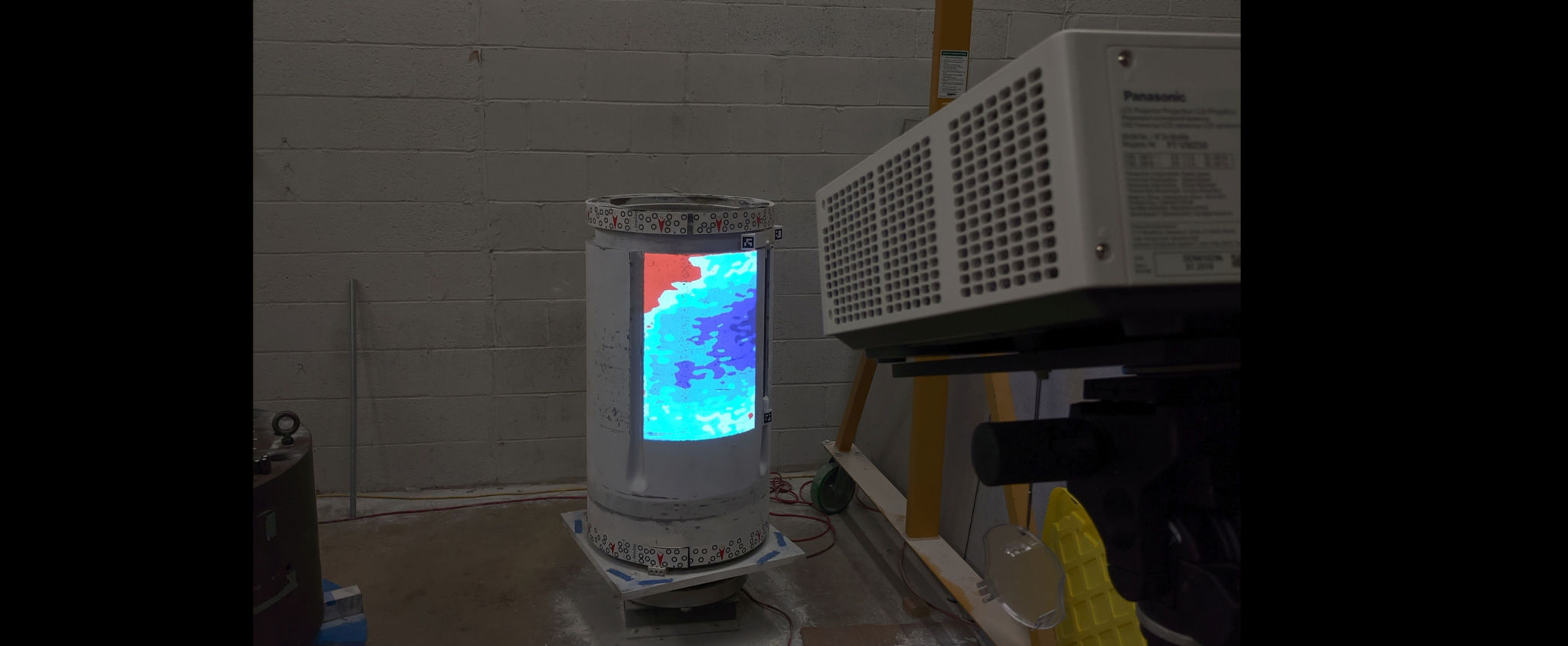Sometimes, it takes 12 years.
Back in 2008, Alan Cohn, of the Naval Surface Warfare Center (NSWC), Carderock Division, had what’s known as a “cumbersome work practice.” Essentially, in order to inspect propulsion shafts on submarines and nuclear aircraft carriers, the Navy had to use massive taper gauges, hoisted up with elaborate rigging, and then inserted into the shafts to make sure there weren’t irregularities.
Yes, they had use what amount to 2,000-pound versions of these:

The Navy tasked Cohn with trying to figure out a digital solution. Anything to keep from having to ship those dang gauges all over the place.
“At the time, I was tasked with investigating the use of a laser tracker as a means of performing shaft measurements without using gauges,” Cohn told Caderock Division Public Affairs Officer Todd Hurley. “After some early experimentation, it was determined that a laser tracker would not provide the necessary resolution or accuracy to capture the minute surface defects that would affect contact with the coupling sleeve. I continued to investigate other technologies including Photogrammetry and Structured Light. It was determined that structured light was the only technology capable of the resolution and accuracy needed for the contact mapping.”

By projecting the scan back onto the surface, the STAVE system makes maintenance many times easier.
No matter what they tried, though, the tech just wasn’t there. They couldn’t get the accuracy they needed.
But the great thing about the 3D data capture community is that no one is ever satisfied. The tech keeps improving. Working with Direct Dimensions, well known in the industry at this point, the Navy’s team was able to use “an advanced structured-light scanner with other special features and advanced software to allow shipyard personnel to capture and analyze the shaft for acceptance,” DD’s CEO, Michael Raphael noted on LinkedIn. “We then use AR (augmented reality) to project the inspection results onto the surface for repair.”
It’s clearly an elegant solution when you see the pictures and how it works in practice. They’ve called it STAVE (Shaft Taper Analysis Verification Evaluation; the military loves acronyms) and already they’ve begun looking for similar applications of the technology:
With the success of STAVE, Brock and his team have since discussed a Rudder Analysis Verification Evaluation (RAVE) tool concept.
RAVE will be a digital scanning technology and inspection process developed to replace the piece-by-piece blue-hit inspection for nuclear-powered aircraft carrier steering rudder stock tapers and submarine rudder stock and diving stock tapers.
The goal of RAVE is to have it authorized for use as an inspection tool on rudder repairs and refits; to reduce the rudder repair manpower requirements; and, to increase the consistency and quality of data for rudder tapers. The RAVE project is set to begin as soon as funding is available.
This is exactly the kind of application I heard so much about when I first got into 3D data capture 10 years ago, taking cumbersome, expensive, at times even dangerous workflows and replacing them with digital technology that would make things easier, cheaper, and safer. This is the exact quote industry advocates used to pine for in 2010: “The idea is saving the Navy money. A STAVE system unit can inspect all submarine classes and nuclear aircraft carriers at a shipyard; subsequently, the Navy’s is no longer purchasing new gages for shaft refurbishment. The implementation of STAVE also will eliminate the costs for periodic refurbishment and logistics associated with shipping gauges between facilities.”
Of course, things often move more slowly in the military. And few applications have the required precision of working on a nuclear aircraft carrier. Surely, there are plenty of other similar workflows people have developed over the last few years that offer similar advantages, and we know that reality capture is beginning to really find some success in shipbuilding and restoration. But this is a big win and something the industry can really build on.
Sometimes, it just takes a dozen years or so to figure it out.






